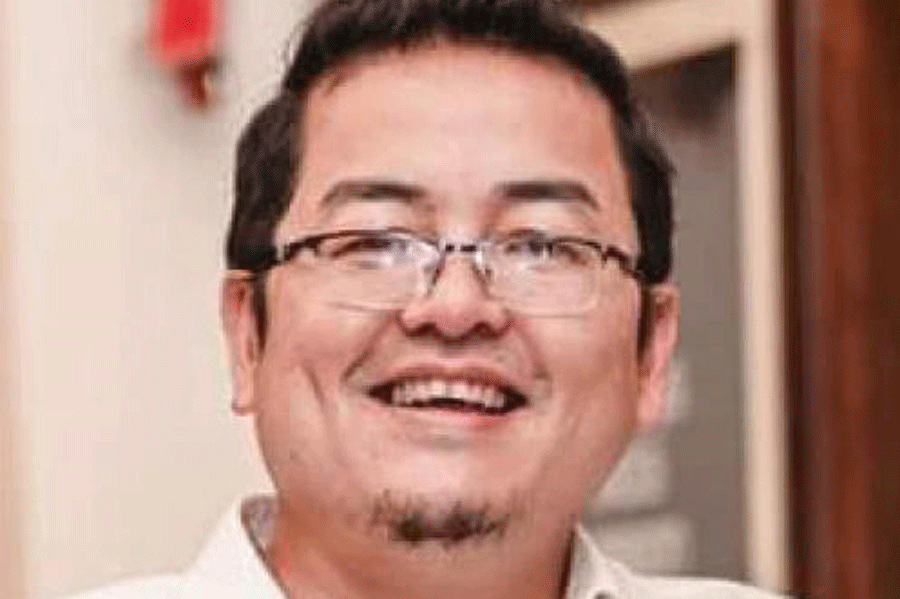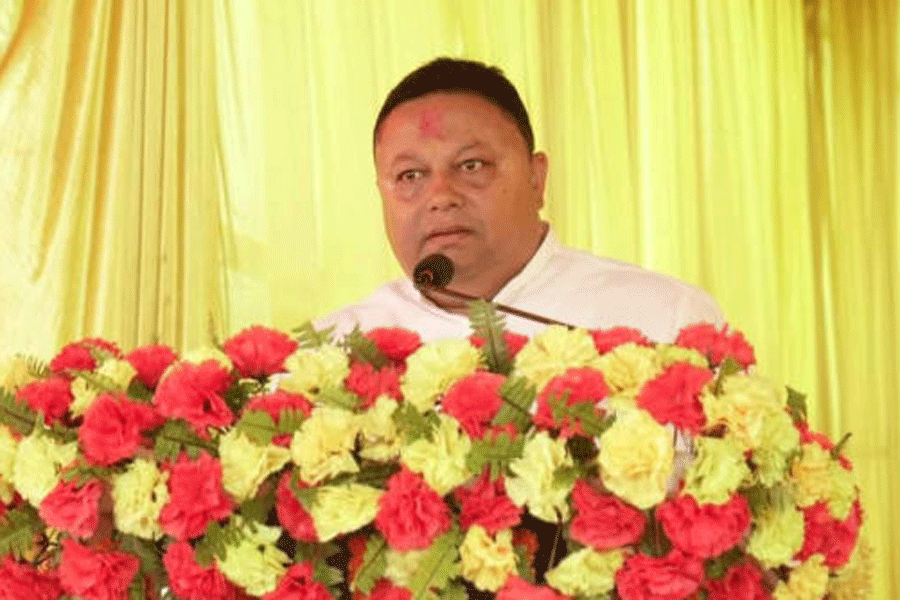The Darjeeling hills are witnessing the campaign for the panchayat elections after 22 years and the first round of the battle between the Bharatiya Gorkha Prajatantrik Morcha (BGPM) and the Opposition alliance is over one question — Who brought the rural polls to the region?
The BGPM is going full throttle with the campaign that the votes must be cast for those who ensured the revival of the panchayat elections in the hills.
Anit Thapa’s party has also come up with a music video in Nepali, seeking votes for the BGPM, where the first few lines loosely translate into: “We have brought back panchayat raj, the people will be king, there will people’s rule.”
Thapa had been consistently raising the demand for the panchayat polls in the hills but the Opposition parties maintained that it was wrong for the BGPM to solely take credit for the elections after two decades.
Hamro Party (HP), which is the main Opposition force in the BGPM-helmed Gorkhaland Territorial Administration (GTA), said the panchayat elections were meant to happen and no political outfit could stake credit for the same.
A written statement issued by the HP reads: “It is misleading for Anit Thapa and his party BGPM to claim that they are responsible for returning Panchayat Raj in the Hills. Panchayat elections formed one of the main agenda of Hamro Party’s Election Manifesto during the GTA elections, a letter to that effect was also written by Hamro Party President Shri Ajoy Edwards to the Government after GTA elections on 26th August 2022.”

Ajoy Edwards. File photo
The HP is part of the United Gorkha Alliance which has the BJP, Bimal Gurung’s Gorkha Janmukti Morcha, the Gorkha National Liberation Front (GNLF), the Communist Party of Revolutionary Marxists (CPRM), Gorkhaland Rajya Nirman Morcha and other smaller parties as the constituents.
The alliance was formed for the sole purpose of taking on the unofficial tie-up between the BGPM and the Trinamul Congress for the rural polls in the hills.
“To make such false claims solely for political mileage just to mislead and confuse the public at a time when elections are just around the corner is not only immature but deceptive. The public should think wisely and not be tricked again,” said Edwards.
In 1993, the Constitution was amended to put in place a two-tier panchayat system in the Darjeeling Gorkha Hill Council (DGHC) area, unlike the three-tier system in the rest of Bengal. The three tiers are gram panchayat, panchayat samiti and zilla parishad. The zilla parishad — the top tier — was abolished on the premise that its authority and functions would be the same as the DGHC’s.
However, in 2000, elections were held only to gram panchayats and many believe the then GNLF leader Subash Ghisingh did not want polls to panchayat samitis as he believed that its powers would overlap with those of the DGHC.
After the tenure of the 112 gram panchayats ended in 2005, Ghisingh was not keen on the polls to those rural bodies.
When the GTA pact was signed in 2011, the central and the state governments and Gurung’s Morcha agreed that the three-tier panchayat system would be reinstated in the hills. However, the Constitution is yet to be amended to revive the zilla parishads in the areas under the jurisdiction of the GTA.










